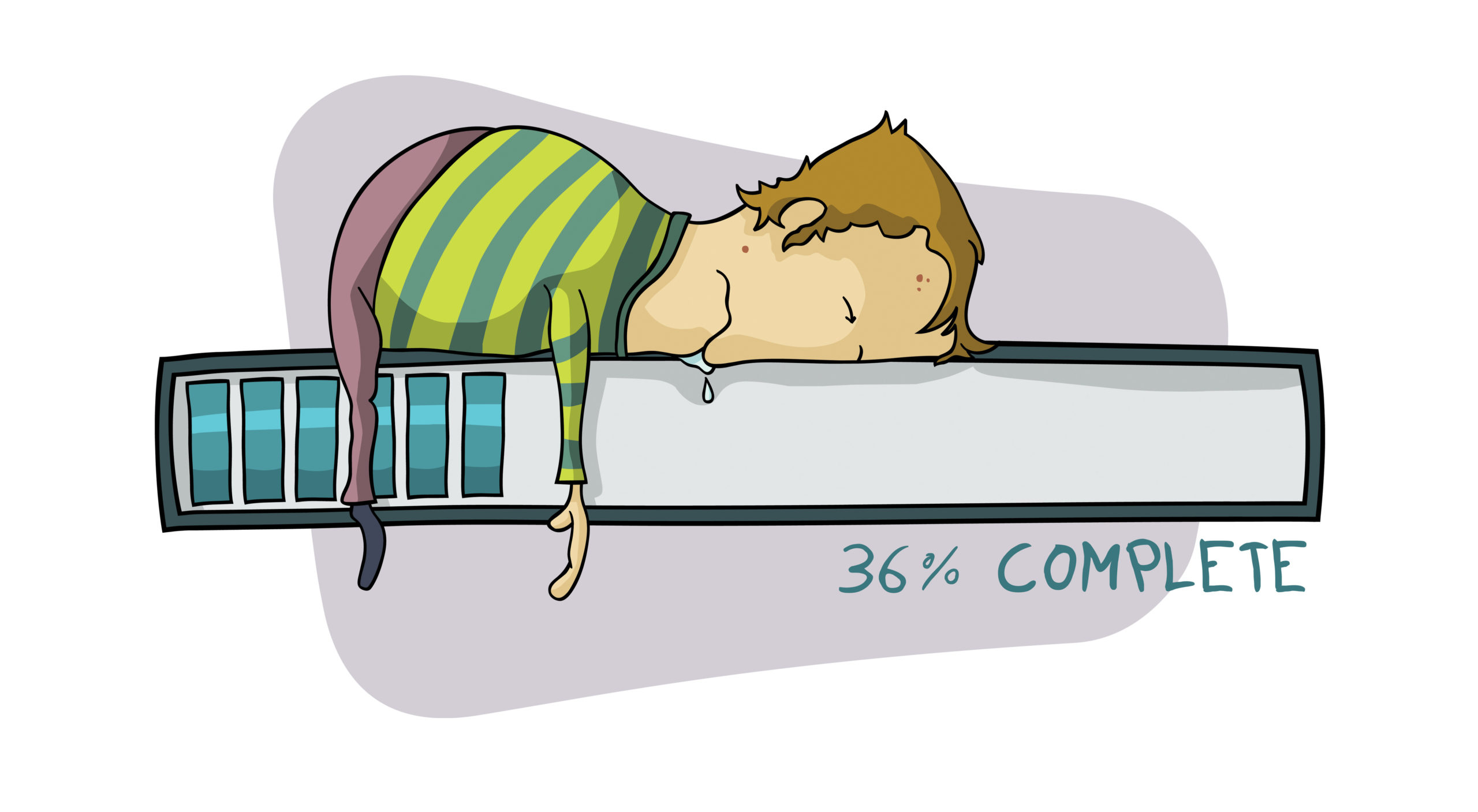…the element of choice.
A recent trip drove home the importance of battery life in laptops. Although my laptop was relatively new at less than a year old, it lasted just under 2 hours on battery power. I had all the energy saving features on and I had dimmed the screen, but it didn’t seem to help much. When I got home I did some checking to see what was coming in the way of battery technology. While I found some information on new technologies, most seemed far from being ready to use. In fact there were only hints that there would be anything new within the next five years.
What are manufacturers looking for when they design a battery? Manufacturers are interested in cost, run time, weight, product life, toxicity, and storage life.
Most recently, technologies have centered around lithium ion, nickel hydride, and nickel cadmium. Cadmium, lithium, and nickel are elements chosen for their ability to deliver power but weight is the big gorilla in the room. When it comes to portables, weight is paramount. A 26 lb. Battery might be usable in a car but it won’t be much help in a laptop. Combining these two characteristics, power and weight, gives a “Power to Weight Ratio†that is key for describing an elements potential for use in battery applications. This is the most important factor when building a battery for portable use.
Because lithium is by far the lightest of the energy dense elements, it is the obvious best choice for this application. Unless we find a new wonder element, longer life and better service will most likely come from refinement of existing lithium ion technologies and not from it’s predecessors, cadmium and nickel hydride. That’s why we’re stuck with Lithium-Ion technology. It’s simply a matter of weight to power potential. Other elements just don’t stack up. Did you know lithium floats?
The chart below shows the current technologies and their potential for each characteristic important for laptop use. Keep in mind that what’s important for portable power tools may not be the same as what’s needed for laptops. The importance of factors like burst power and the effects of temperature will change from application to application.
| Recent Battery Technologies | ||||||
| Type/Element | Power/Wt | Loss | Shelf life | Danger | Sus Wts/Hr | Cost |
| Li-Ion | Excellent | Low 5% | 2 years | Average | Excellent | High |
| NiMH | Average | High 30% | Poor | NoDanger | Poor | Excellent |
| NiCd | Poor | Mod. 10% | Indefinite | Poor/Banned | Average | Average |
One of the things that was a surprise to me was that toxicity was a major factor in determining what could be used in portable batteries. I guess it should have been obvious, especially with the greening of everything these days, but I just hadn’t thought of it. I thought all batteries were equally toxic, but that’s not the case. Europe has banned the use of Nickel Cadmium in batteries. While I don’t know the whole story, I’m sure that being banned in Europe will have some effect on whether manufacturers use nickel cadmium in their products. I certainly don’t question that decision, especially after seeing the effects of dumping computer waste shown in the 60 minutes clip we featured last month.
Another point of interest is the Danger factor. It seems that each element carries with it certain dangers inherent in it’s use. Volatility when exposed to heat is one of the problems that Lithium-Ion has had to overcome. While mostly successful, the recent battery recalls spotlight that problem quite well. In addition to increasing battery life, safety is one area that needs continued refining.
Memory Effect
Did you notice I didn’t include Memory Effect in my chart? Well, that’s because in my opinion it’s not a factor. No, not a factor with any of the technologies out there now. While I could have put arguments for either side it seems to me that it’s just not in the equation. Here’s a direct quote form Wikipedia. “Memory effect, also known as lazy battery effect or battery memory, is an effect observed in nickel cadmium rechargeable batteries that causes them to hold less charge. It describes one very specific situation in which certain NiCd batteries gradually lose their maximum energy capacity if they are repeatedly recharged after being only partially discharged. The battery appears to “remember” the smaller capacity. [1] The source of the effect is changes of the characteristics of the underused active materials of the cell.[citation needed] The term is commonly misapplied to almost any case in which a battery appears to hold less charge than was expected. These cases are more likely due to battery age and use, leading to irreversible changes in the cells due to internal short-circuits, loss of electrolyte, or reversal of cells.“
It seems that unless very specific circumstances are applied this just doesn’t effect NiCd batteries in laptop use. The perceived loss of capacity is likely to come from other sources and not the memory effect. Because there is such disagreement on whether this is applicable to laptop batteries and rather than perpetuate the myth, I’ve left it out. It doesn’t really tip the scales either way because Nickel Cadmium can’t be used in batteries for Europe, so it’s a moot point. Nickel Cadmiium looses favor more for it’s toxic properties than it’s memory effect.
Major strides in safety were made in the late 1980’s and early 1990’s by moving to Lithium-Ion from Lithium the metal. This took work from several teams before the first Lithium-Ion battery was brought to the public by Sony in 1991. Continued efforts will bring improved perfomance and longer life. Recent studies show the inclusion of other metals can improve density and may enhance the ability of Li to hold and deliver a charge.
Another major advantage of Lithium-Ion is that it can function in many shapes. It can be formed to fill available space when designing products.
So there you have it. The reason we’re using Lithium-Ion batteries is because it’s the best element for the job. If we’re going to power portables with batteries it’s going to be Li Ion.
______________________________________________________________________________
Related Links
Wiki
Ratings
Transportation Use
Prolong Use
Li NiMH NiCd Comparison
Alternative
AlternativeII
AlternateIII





